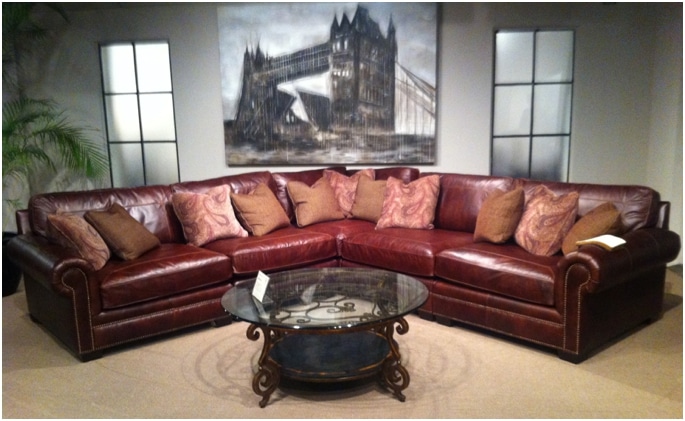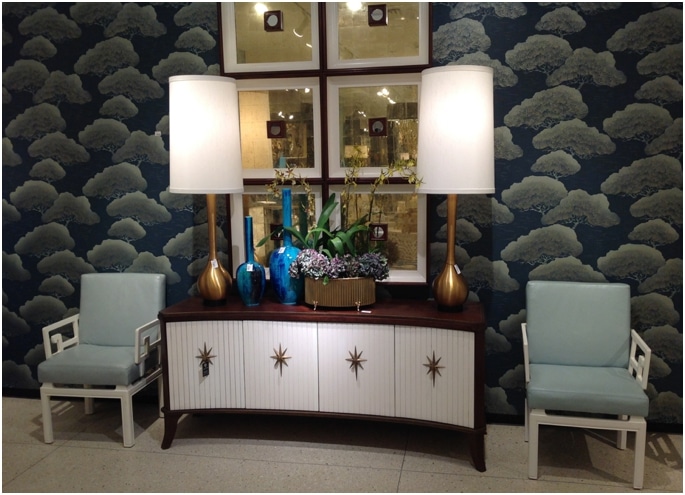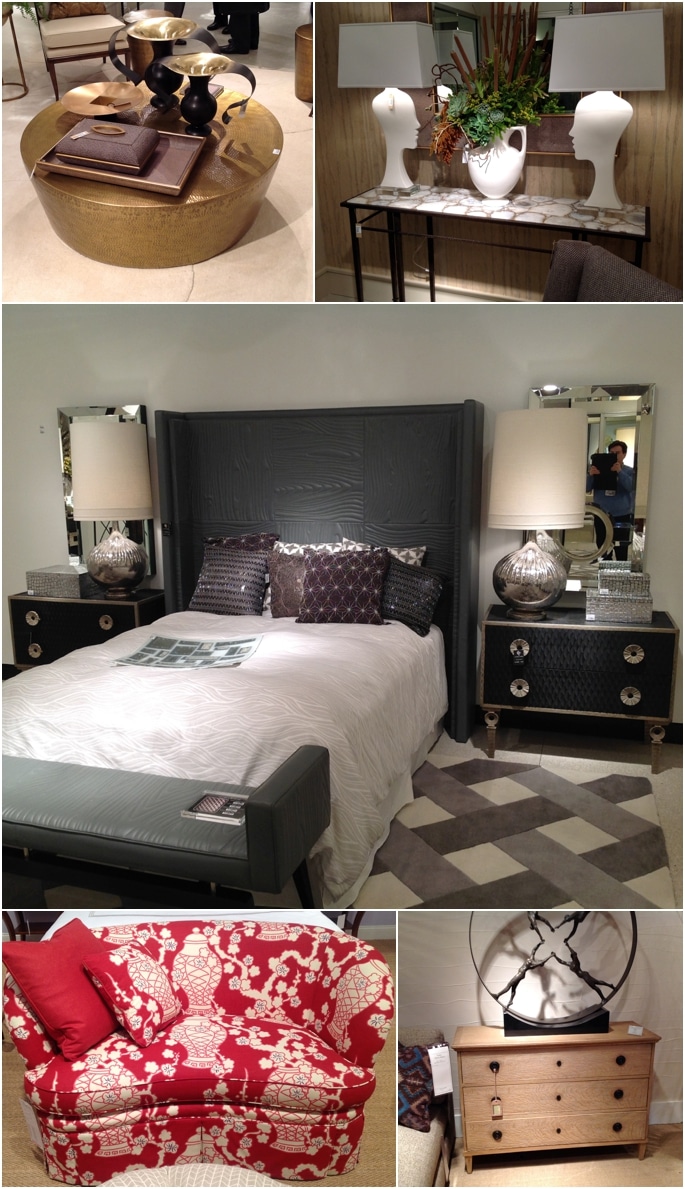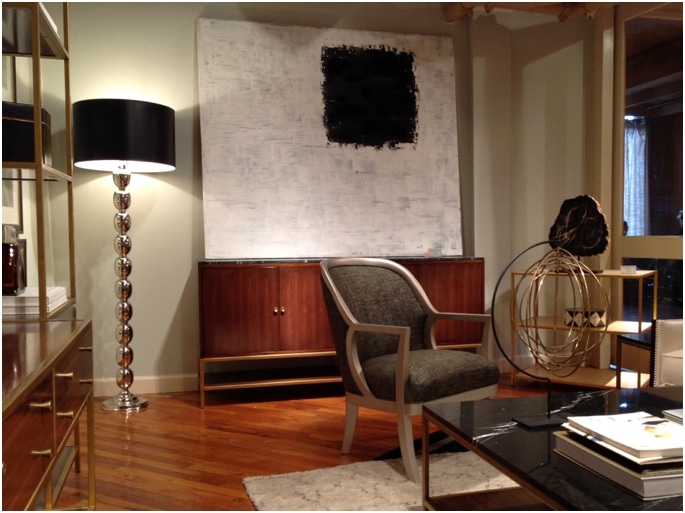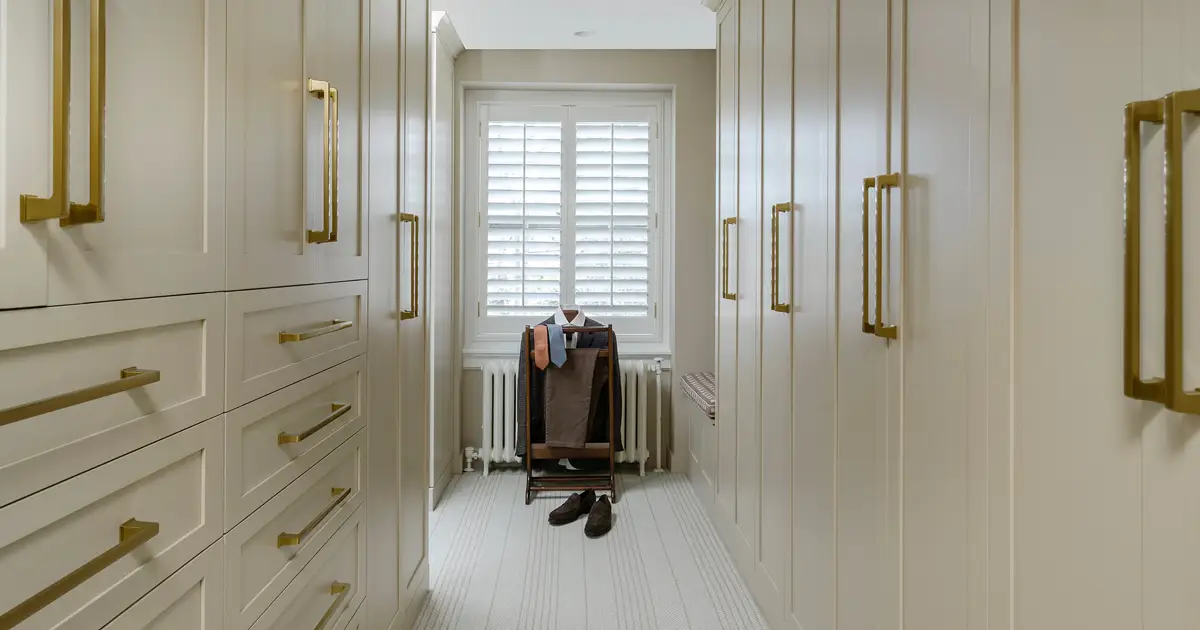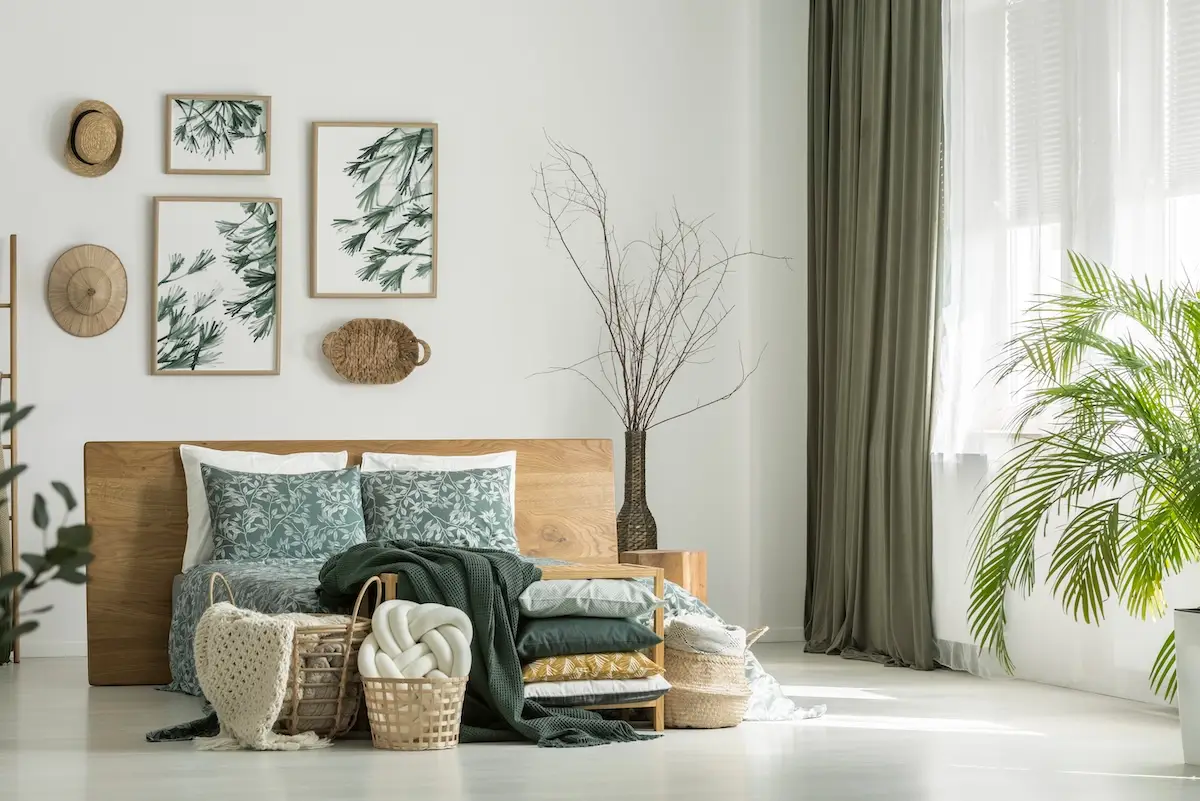So what is scale? And how is it applied in the field of Interior Design? When we say something is to scale it means it is a standardized measurement using actual dimensions that are represented by a smaller unit of measurement. These smaller increments of measurement allow us to represent a larger object in a proportionate way but at a reduced size, not full size. So one could say it has been scaled down.
Designers use scaled drawings to represent an accurate plan of what we are designing. These plans and elevations represent a “map” with proportionate scale of everything in the space which we plan to build or furnish.
When something is appropriately scaled to the room, it means the designer considered the exact dimensions that are appropriate for that space. Have you ever purchased something in a large store only to take it home and find out it is completely the wrong size for your home? Usually it’s too big. This happens because things we see in very large showrooms with high ceilings look completely different in our home with lower ceilings and smaller rooms.
Scale is a principal of design that guides us into creating interiors that feel right and look right. Have you ever noticed a sofa that is too big for a room, a cabinet that is too large for a wall, or a table that is too small for the space? Maybe a chandelier that looks tiny and silly in the room?
Proper scale can be hard to learn, but once you grasp the concept you’ll know by eye if something is scaled appropriately or not. You may begin to notice how much bad scale exists. This principal of scale which guides great design can elude even some professionals. But once you’ve mastered scale one can play with scale for design emphasis. An oversized piece of furniture can add drama to a room, but one has to understand scale to pull it off successfully. Playing with scale and knowing how to manipulate it is a far better result than haphazardly guessing something will be the right size when completed. It can be a difficult concept to grasp and one that is studied in design schools, but we challenge you to see if you notice good scale versus bad scale. You will definitely make fewer design mistakes if you understand the principal of scale.
Proper Use of Scale
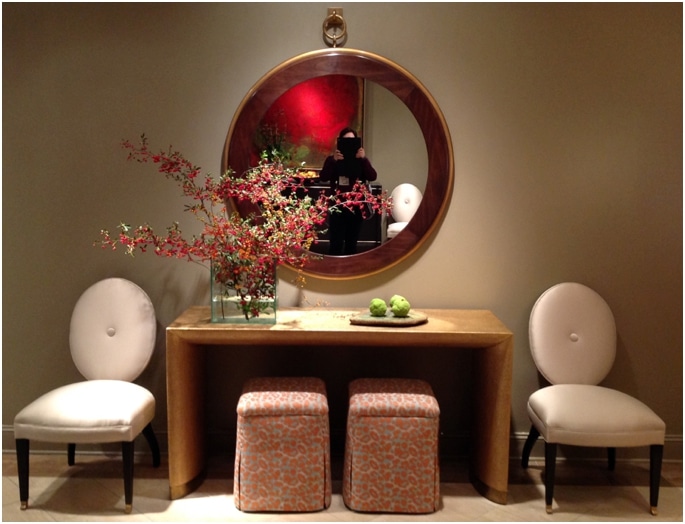
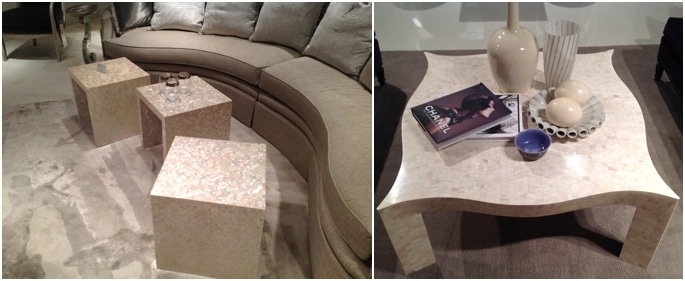
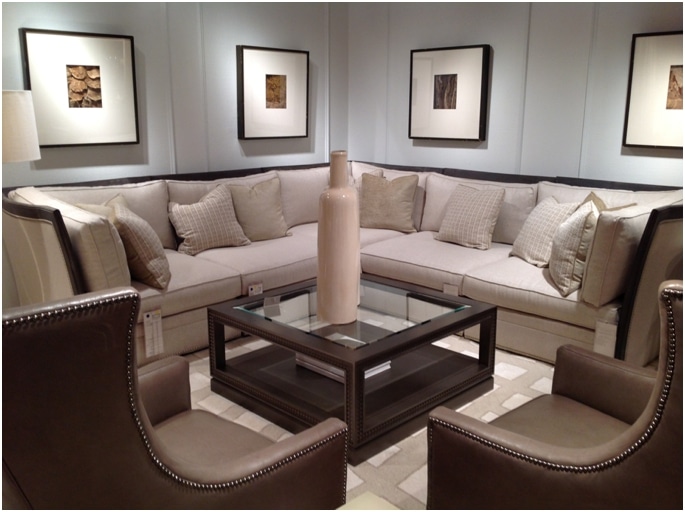
Improper Use of Scale
